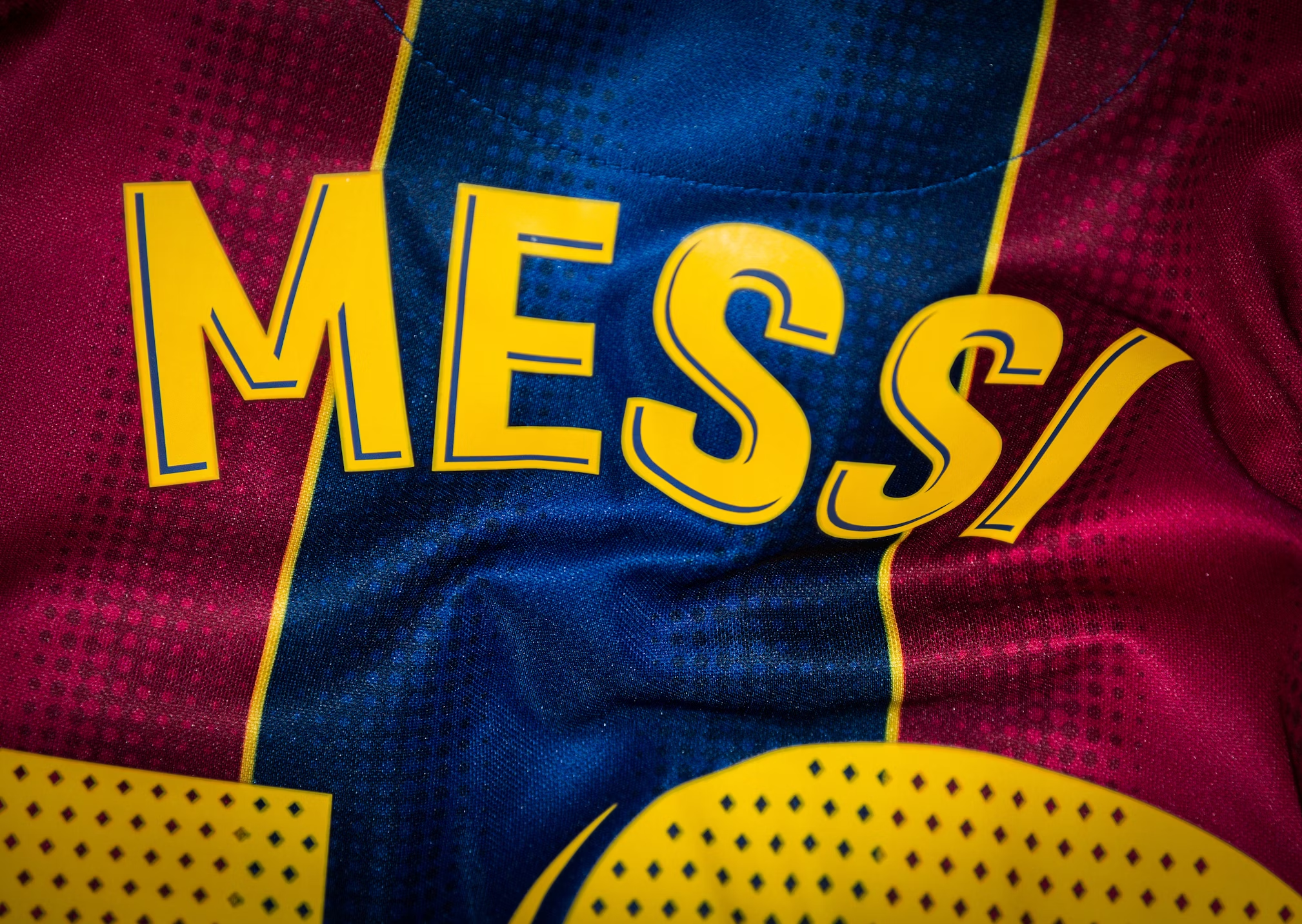Cheerleading: More Than Just Cheers and Chants
When you think of cheerleading, what comes to mind? Pom-poms, spirited chants, and high-flying stunts? While these elements certainly capture the essence of cheerleading, there’s much more to the sport than meets the eye. In this blog post, we’ll explore the dynamic world of cheerleading, uncovering its history, the skillset required, the benefits it offers, and the vibrant community that makes it so special.
A Brief History of Cheerleading
Cheerleading has its roots in the early 20th century. It began as a male-dominated activity at Princeton University in 1884, where students led cheers to support their sports teams. The cheerleading movement gained momentum, and by the 1920s, it had spread to other colleges and high schools across the United States.

The inclusion of women in cheerleading came in the 1920s and 1930s, and by the mid-20th century, cheerleading had evolved into a high-energy, highly choreographed sport that incorporated stunts, tumbling, and intricate routines. The growth of competitive cheerleading in the 1980s and 1990s further transformed the sport, emphasizing athleticism and performance.
Core Elements of Cheerleading
Cheerleading is a multifaceted sport that combines elements of dance, gymnastics, and acrobatics. Here are some key components:
- Stunts: These are high-flying acrobatic maneuvers involving lifts and pyramids. Cheerleaders perform stunts by lifting teammates into the air and supporting them in various positions. Safety and teamwork are crucial here, as stunts require precise timing and coordination.
- Tumbling: Tumbling includes flips, cartwheels, and other gymnastic moves that add flair to routines. Cheerleaders often train to perfect their tumbling skills to enhance their overall performance.
- Dance: Dance routines in cheerleading are choreographed to complement the music and theme of the performance. These routines involve a mix of energetic movements, kicks, and jumps.
- Cheers and Chants: The traditional aspect of cheerleading involves leading the crowd with chants and cheers. These are designed to energize the audience and support the team, creating a lively atmosphere.
The Skillset Required
Cheerleading demands a unique blend of physical and mental skills:
- Strength and Conditioning: Cheerleaders need strong core muscles, upper body strength, and flexibility. Conditioning exercises and strength training are essential for performing stunts and tumbling safely.
- Coordination and Timing: Synchronizing movements with teammates and music is crucial. Cheerleaders must practice extensively to achieve flawless execution of their routines.
- Courage and Confidence: Performing high-risk stunts and routines requires a great deal of courage and self-assurance. Cheerleaders must be willing to push their limits and perform under pressure.
- Teamwork: Cheerleading is a team sport where every member plays a crucial role. Effective communication and trust among teammates are essential for successful performances.
Benefits of Cheerleading
Cheerleading offers a range of benefits that extend beyond the cheerleading floor:
- Physical Fitness: The demanding nature of cheerleading helps improve cardiovascular health, strength, flexibility, and overall physical fitness.
- Mental Discipline: The sport requires focus, determination, and resilience. Cheerleaders learn to manage stress, work towards goals, and overcome challenges.
- Social Skills: Cheerleading fosters teamwork, leadership, and camaraderie. Being part of a cheerleading squad provides a sense of belonging and helps build lifelong friendships.
- Community Engagement: Cheerleaders often participate in community events and charity work, using their skills to support and uplift others.
Getting Involved in Cheerleading
If you’re inspired to give cheerleading a try, here’s how to get started:
- Find a Local Program: Look for cheerleading squads or clubs in your area. Many high schools, colleges, and community centers offer cheerleading programs.
- Attend Tryouts: Most programs hold tryouts for new members. Prepare by practicing basic stunts, cheers, and tumbling skills.
- Practice Regularly: Cheerleading requires consistent practice. Dedicate time to improve your skills, work on your routine, and build strength and flexibility.
- Embrace the Spirit: Cheerleading is about enthusiasm and positivity. Embrace the spirit of the sport and contribute to the energy and support of your team.
Conclusion
Cheerleading is far more than just a set of cheers and chants. It’s a sport that combines athleticism, artistry, and teamwork, creating a vibrant and dynamic experience for its participants. Whether you’re drawn to the physical challenge, the sense of community, or the thrill of performance, cheerleading offers something for everyone. So, if you’re looking to jump into a world of energy, creativity, and camaraderie, cheerleading might just be the perfect fit for you.










